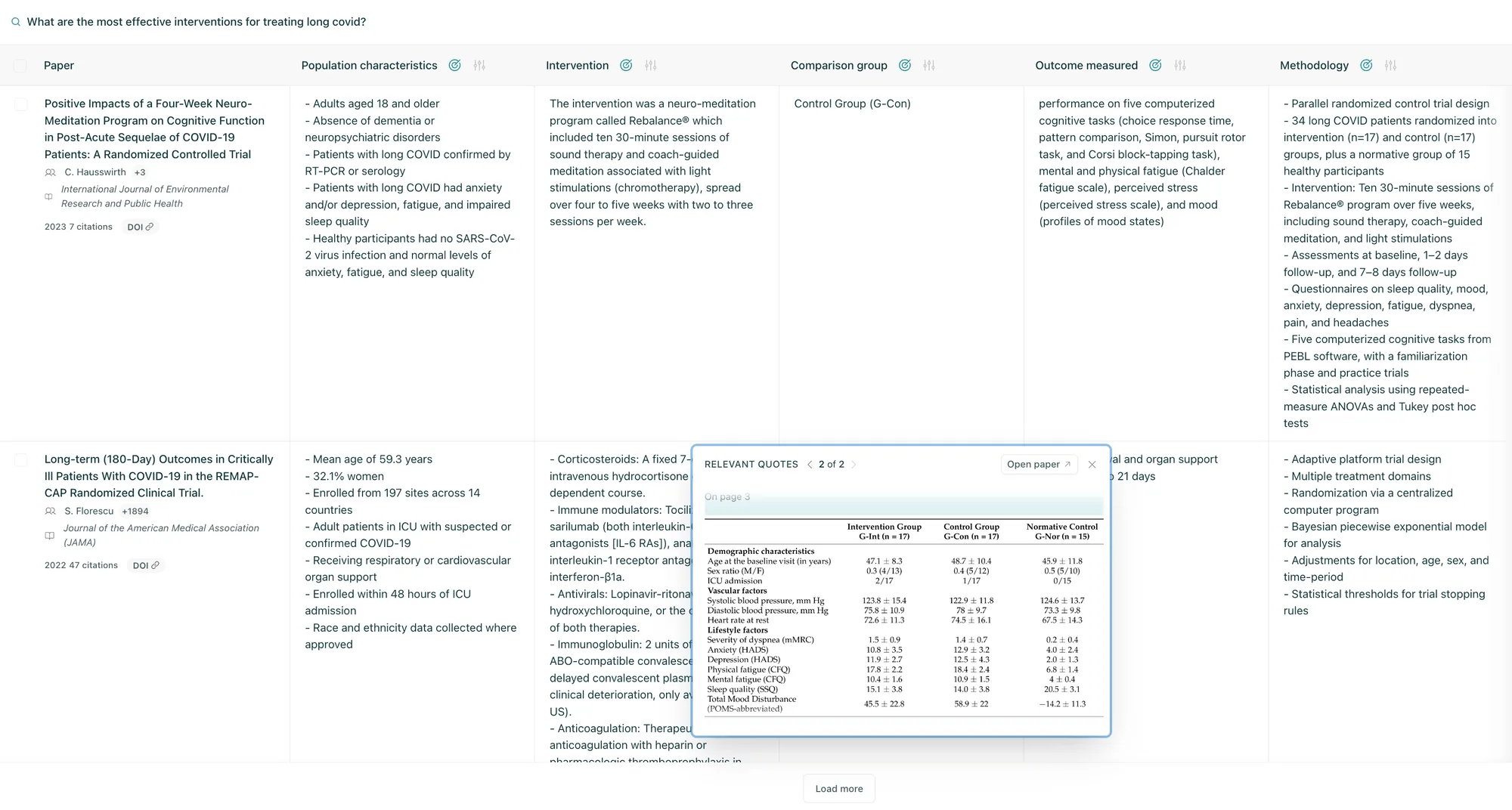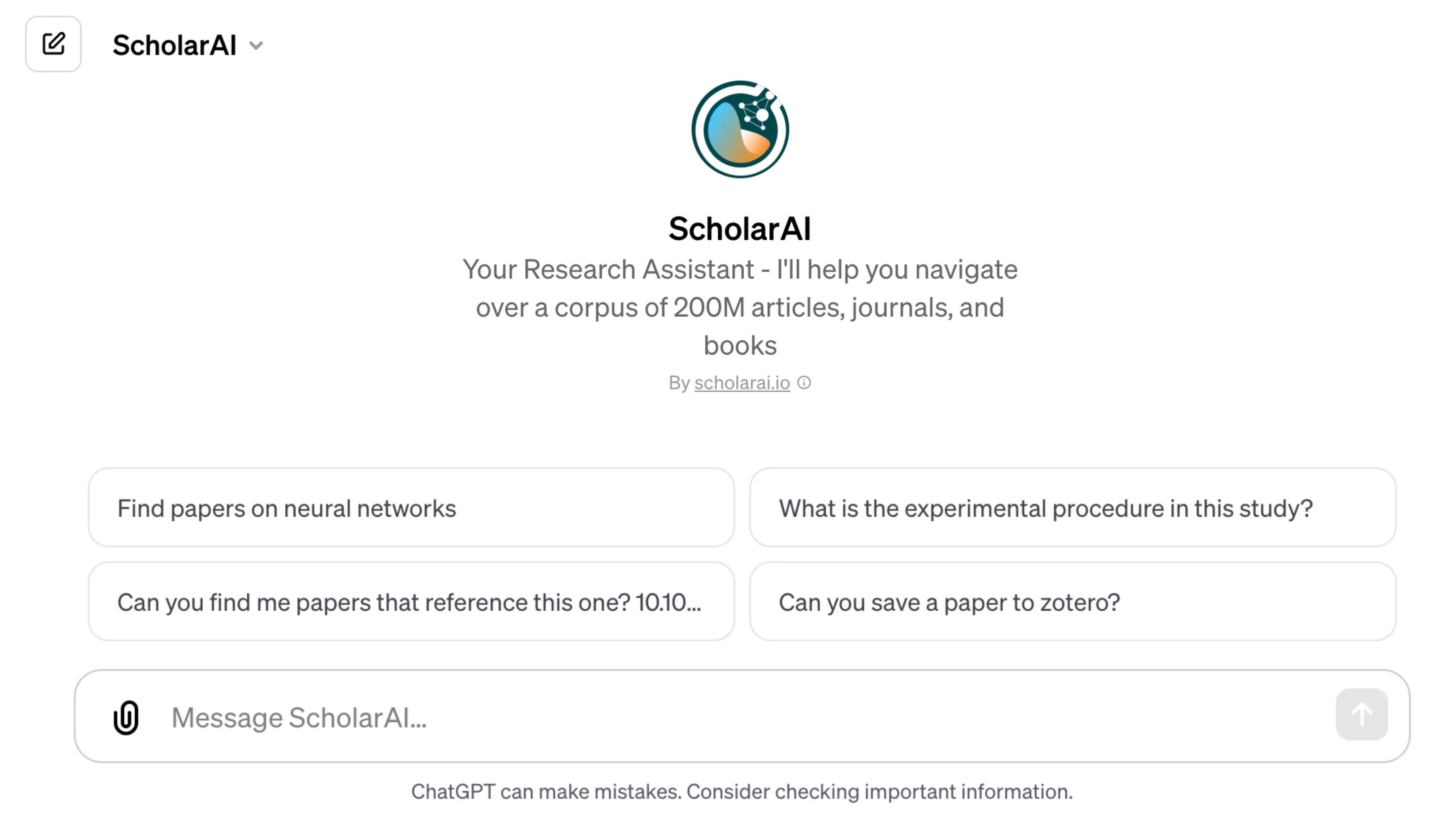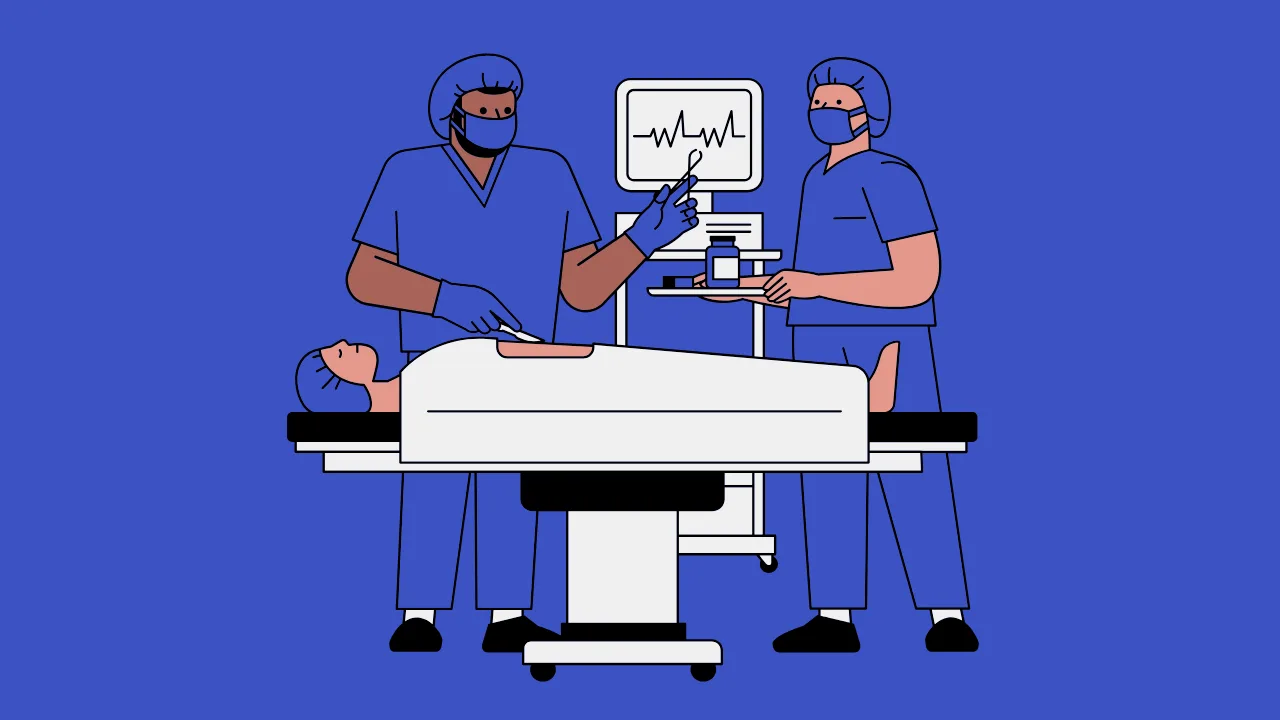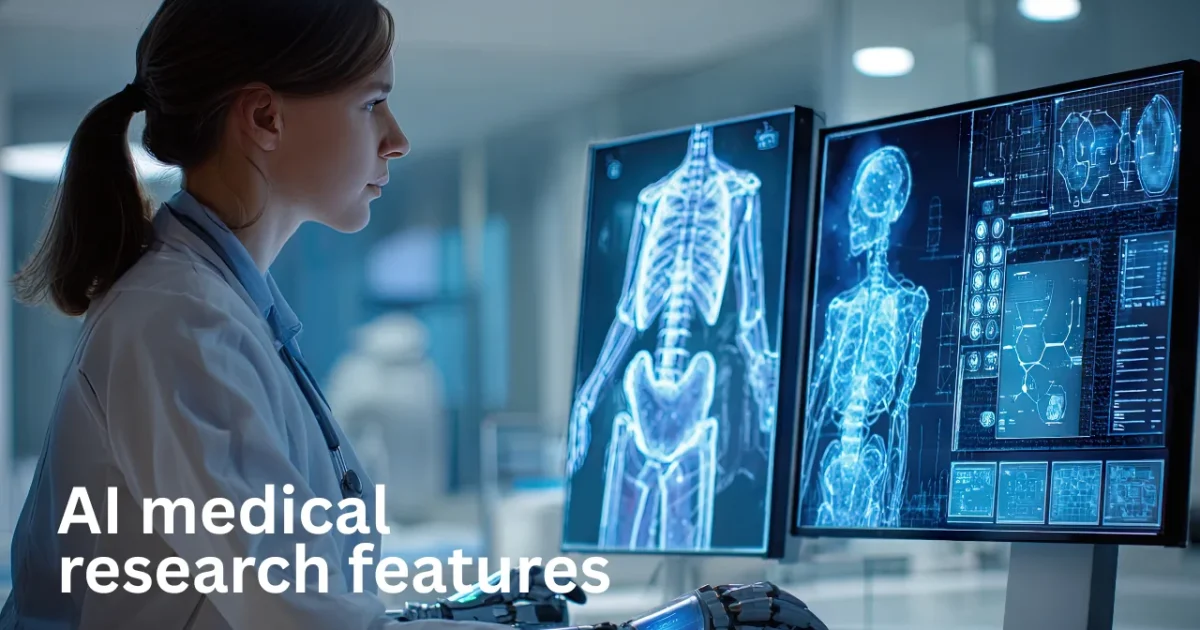Imagine spending hours reading piles of medical papers or struggling to find the right study for your project. It’s tiring, right? That’s where an AI in medical research guide comes in! AI tools are like super-smart helpers that make medical research faster, easier, and more accurate. Whether you’re a marketer creating health content, a content creator writing about science, a developer building health apps, a student studying biology, or a business owner in healthcare, this guide will show you how to use AI-powered research strategies to solve your problems in 2025.
In this article, you’ll learn how AI can save time, boost accuracy, and help you create better work. We’ll cover what AI in medical research is, its benefits, the best tools to use, and simple steps to get started. Let’s dive in!
The Big Challenge: Too Much Information, Too Little Time
Medical research is like a giant library with millions of books. Finding the right information takes hours, and understanding it can be even harder. Marketers need quick facts for health campaigns. Content creators want clear science for blogs. Developers need data for apps. Students and business owners want reliable information without getting overwhelmed. AI in medical research solves this by sorting through data fast, summarizing it clearly, and helping you focus on what matters.
What is AI in Medical Research?
Think of AI in medical research like a super-smart librarian. You ask a question, and instead of handing you a stack of books, it finds the exact pages you need in seconds. AI in medical research uses tools like advanced research platforms to read, summarize, and analyze scientific studies. It can find patterns, check facts, or even write parts of reports. This helps scientists, marketers, and others work faster and smarter.
“AI is a tool to amplify human expertise, not replace it. It’s about working smarter, not harder.”
— Dr. Anupama Kapadia, General Manager, Enago Life Sciences
Key Benefits of Using AI in Medical Research Guide
AI isn’t just cool tech—it’s a game-changer for medical research automation. Here’s how it helps:
Save Hours on Research Tasks
AI tools like ScholarAI or Elicit can read thousands of medical papers in minutes. They pull out key facts, so you don’t have to. For example, a marketer can find the latest cancer treatment stats for a campaign in seconds, saving hours of digging.
Create Clear, Accurate Content
Clinical trial AI tools help content creators write blogs or reports that are easy to understand. They can turn complex medical jargon into simple words. This is great for students writing papers or business owners explaining health products to customers.
Build Better Apps and Products
Developers can use AI to find data for health apps. For example, BioGPT can analyze medical texts to help build an app that tracks disease trends. This makes apps more accurate and useful, which is a big win for healthcare businesses.
Top 5 AI Tools for Speeding Up Medical Research
Here’s a table comparing the best AI tools for AI in medical research. Each one solves specific problems, like finding studies or writing reports. We’ve included pros, cons, and how much time or money they save.
| Tool Name | Key Feature | Best For | Price/ROI | Cons/Issues |
|---|---|---|---|---|
| ScholarAI | Summarizes PubMed articles and answers questions | Researchers, students | Free basic plan; Premium $10/month; Saves ~5 hours/week | Limited to PubMed data; Premium needed for advanced features |
| Elicit | Finds and compares research studies | Content creators, scientists | Free plan; Pro $12/month; Cuts research time by 50% | May miss niche studies; Needs internet connection |
| SciSpace | Simplifies papers and tracks citations | Marketers, students | Free plan; Premium $20/month; Boosts output by 200% | Learning curve for new users; Some features complex |
| BioGPT | Generates medical text summaries | Developers, researchers | Free via Hugging Face; Saves ~10 hours/week | Requires coding skills; Limited to text analysis |
| Paperpal | Edits medical writing for clarity | Content creators, marketers | Free plan; Pro $15/month; Improves writing speed by 30% | Less focus on research; Editing can miss nuance |
These tools are leaders in 2025 health tech trends because they save time and make research easier. For example, ScholarAI is great for students who need quick study summaries, while BioGPT helps developers build data-driven apps.
How to Use AI in Medical Research: A Simple Guide
Ready to try AI-powered research strategies? Follow these three steps to get started:
Step 1: Pick One Goal
Decide what you need AI for. Are you a marketer writing a health ad? A student researching a disease? Or a developer building a medical app? For example, a content creator might want to summarize cancer studies for a blog. Start with a clear goal to choose the right tool, like Elicit for summaries.

Step 2: Test with a Small Project
Try AI on something simple first. Use ScholarAI to find five studies on diabetes. Or ask Paperpal to edit a short health article. This helps you learn how the tool works without risking a big project. It’s like practicing a new game before playing for real!

Step 3: Check and Improve Results
AI isn’t perfect. Always double-check its work. For example, Elicit might suggest studies, but you should read the summaries to make sure they fit your needs. Keep tweaking your questions to get better answers. This is called getting started with AI research, and it gets easier with practice.
“AI can speed up research, but human oversight ensures accuracy and trust.”
— Jamie Robertson, PhD, Harvard Medical School
The Future of AI in Medical Research: Trends to Watch in 2025
AI is growing fast, and 2025 health tech trends are exciting! Here’s what to expect:
- Smarter Tools: Advanced research platforms will understand questions better, giving more accurate answers. Tools like SciSpace will keep improving.
- Teamwork with AI: Scientists and AI will work together more. For example, developers will use BioGPT to create apps that predict disease outbreaks.
- Ethical Rules: Groups like the American Medical Writers Association are making rules to keep AI honest. This means marketers and content creators can trust AI more.
- Global Impact: AI will help small businesses in healthcare reach more people with clear, accurate information.
“AI is transforming healthcare, but it needs careful, thoughtful use by experts.”
— Dr. Jason Wiesner, Sutter Health
AI in medical research isn’t just for scientists—it’s for everyone. Marketers can create better campaigns. Content creators can write clearer blogs. Developers can build smarter apps. Students can ace their projects. And business owners can save time and money. The key is to start small, check AI’s work, and use it wisely. With tools like ScholarAI and Elicit, you’re ready to make 2025 your best year for how AI works for science!
Frequently Asked Questions (FAQs)
Will AI Take My Job in Medical Research?
No way! AI is like a helpful assistant, not a replacement. It does boring tasks like summarizing papers, so you can focus on big ideas. For example, a marketer can use Paperpal to write faster, leaving more time for creative campaign planning.
How Can Students Use AI on a Tight Budget?
Students can use free tools like ScholarAI or Elicit’s basic plan. These let you find and summarize studies without spending money. Try searching for a topic like “heart disease” to get quick facts for your homework.
Do I Need to Be a Tech Expert to Use AI Tools?
Nope! Tools like SciSpace and Paperpal are easy to use, like typing a question into Google. You just need to know what you’re looking for, and the AI does the hard work.




